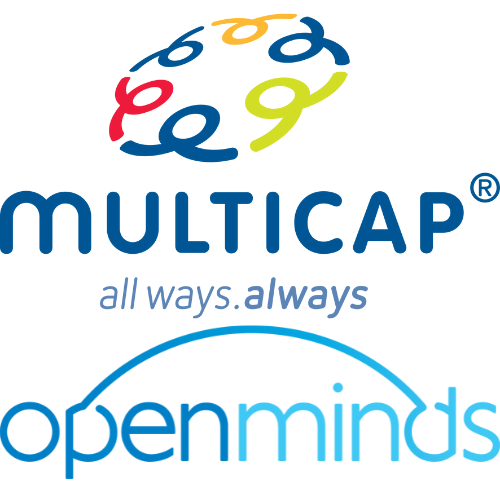
Saturday, 26 July 20252:45 - 4:00PMTorrens |
Making Communication Count: A Behaviour Practitioner’s Guide to AAC (Part 1)
Celina Feleppa1 & Kristin Bayley2 1Planets Child Therapy; 2Launch Supervision/To the Moon and Back; Abstract: Augmentative and Alternative Communication (AAC) is of critical importance to the positive outcomes for many of the people supported by behaviour practitioners. The overwhelming majority of clients accessing behaviour supports will have Complex Communication Needs. Approximately 30% of autistic children are non-speaking, and many more have limited speech (Ganz, 2015). Additionally, well over 2 million people with a variety of disabilities utilise AAC due to expressive language difficulties causing speech to be challenging (ASHA, 2024). As such, for behaviour practitioners, understanding the role of AAC in empowering individuals with disabilities to express needs, desires and emotions, as well as form meaningful connections with others, is paramount (Iacono et al., 2016). With a large variety of AAC devices on the market, it can be difficult to navigate the differences between high- and low-tech devices, and interprofessional collaboration with other disciplines in meeting the communication goals of clients results in more successful outcomes (Uthoff et al., 2021). This presentation will cover key considerations for supporting AAC, including an overview of basic AAC categories, how care teams can select the most appropriate system for an individual, and common myths surrounding AAC and its use. Target Audience: Those who work with people with Complex Communication Needs Learning Objectives: At the conclusion of the presentation, delegates will be able to: 1) Attendees will identify common AAC options used for individuals with Complex Communication Needs (CCN) and describe their key features.
2) Attendees will apply their understanding of AAC options and their features to contribute effectively to a collaborative team process in selecting a communication system for individuals with Complex Communication Needs. BACB CE Instructor: Kristin Bayley |
Making Communication Count: A Behaviour Practitioner’s Guide to AAC – Part 2Kristin Bayley1 & Celina Feleppa2 1Launch Supervision/To the Moon and Back; 2Planets Child Therapy Abstract: Communication support for people with complex communication needs has a broad and important remit: to develop skills that enable a person to express needs and wants, engage in social interaction, and exchange information (Light & McNaughton, 2014). The ultimate goal is for individuals to competently use a robust language system that allows them to flexibly communicate across contexts and purposes. While these goals are widely shared, it can sometimes feel as though Speech Pathologists and Behaviour Practitioners are approaching them from different angles. This presentation explores how both disciplines can work together to support these dual goals using Augmentative and Alternative Communication (AAC) systems in ways that are responsive, respectful, and neuro-affirming. We propose a two-pronged approach to communication development. Prong 1 focuses on meeting immediate needs through explicit teaching strategies such as Functional Communication Training (FCT; Carr & Durand, 1985; Tiger et al., 2008; Ghaemmaghami et al., 2021), which can reduce behaviours of concern and build foundational communication. Prong 2 prioritises less directive strategies that combine aided AAC input with modelling, expectant delay, and direct prompting—embedded in everyday routines and supported by environments that promote joy, exploration, and engagement (O’Neill et al., 2018).
This session highlights the value of co-implementation—not just collaboration—where both disciplines share responsibility and decision-making around communication goals. Attendees will leave with practical strategies for embedding AAC into routines, supporting generalisation, and writing measurable goals that promote both functional communication and the development of robust language systems. Target Audience: Behaviour Practitioners seeking collaborative strategies for AAC implementation to support complex communication needs Learning Objectives: At the conclusion of the presentation, delegates will be able to: 1. Describe a two-pronged approach to AAC implementation that addresses both immediate communication needs and the development of broad, flexible language skills.
2. Identify practical strategies for co-implementing AAC goals across disciplines, including embedding AAC into routines, supporting generalisation, and developing measurable communication outcomes. BACB CE Instructor: Kristin Bayley |




.png)


